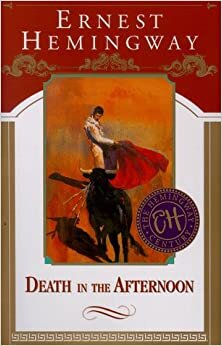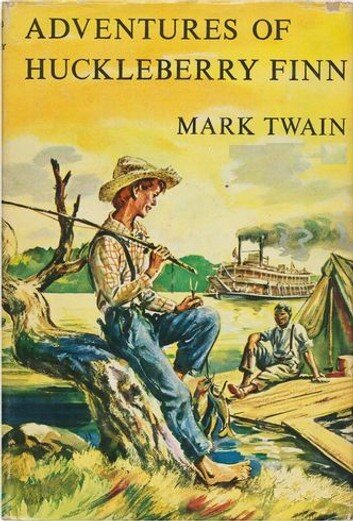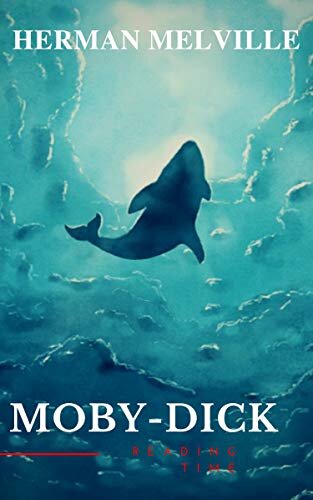I’ve been somewhat remiss lately about feeding this little blog beast. But I’ve been wondering about the thing that follows and was sparked to write it down, first by reading some essays and articles by James Salter (a rather random impetus, I’ll agree) and then by previewing the forthcoming “Hemingway” documentary series by Ken Burns and company, which I’ll be writing about separately before its debut in early April. — Steve Paul, Feb. 7, 2021.
I’ve been looking for my copy of Death in the Afternoon for more than two years now. It just has to be somewhere around the house, I keep thinking. So I compulsively peek under beds, behind other books, and around every reading pile in the place. From time to time, I imagine that no matter how often I’ve scanned a particular shelf I must have merely overlooked it. The book is filled with my pen strokes, notes, and yellow highlights. That makes it a personal loss, not just an inconvenience.
The last time I was in it, I’d been writing a paper, not about Hemingway and bullfighting, the book’s ostensible topic, but about Hemingway and wine. The topic of wine and life happens to come up in a digression about connoisseurship that happens to be a particularly vintage (sorry) passage. (I’m now wondering, did I take the book to Paris and lose it that year, 2018, when I gave my conference paper in a steamy auditorium at the Sorbonne?)
What brings this back to mind lately, and what will send me out to pick up a new used copy of the book, is a thought that stirred recently about Hemingway and American literature.
Hemingway famously pronounced, in the non-fiction book he wrote right after Death in the Afternoon, that all modern American literature stemmed from Mark Twain’s Huckleberry Finn. It’s an understandable thought, and it cements the notion that in his arrival on the literary landscape of the 1920s, Hemingway forged a bold modernist style that, like Twain’s novel, captured the authentic sound of American speech. Whenever Hemingway is at his best, you can hear the muscle and the ache of his characters in the words they speak as well as the silences and glancing blows. Whenever he’s at his worst, Hemingway’s dialogue rings hollow.
In the last year of sheltering and quarantine, along with working on a book that had not much to do with Hemingway, I’ve been reading constantly. Early on, while rearranging and sorting books I hadn’t looked at for years, I tripped across my college-era copy of Virginia Woolf’s Mrs. Dalloway and determined right then and there to start rereading it again. I was blown away by its stream-of-consciousness modernism, the darting points of view, the lovely language in a way I’m sure I did not fully appreciate all those decades ago.
A few weeks ago, I also went back to Moby-Dick, which I hadn’t read since the summer after graduating from college. This time, again, I found new reasons to admire it, to be surprised and enveloped by it. I swooned at times over the pre-Joycean language. The specificity of Melville’s vision of the human and natural worlds, channeled through the consciousness of Ishmael, remains towering and powerful. In writing my book lately about the American author Evan S. Connell, whose work ranged from light fiction to dark and sweeping history, I was taken with an assessment made by the late critic Stanley Crouch. He called Connell’s landmark work about “Custer’s Last Stand,” Son of the Morning Star, an American masterpiece in the mold of Moby-Dick.
Somewhere in the midst of reading Melville’s novel, I began wondering whether it would be useful to make comparisons between it and Death in the Afternoon. Each book attempts to teach readers about a grand and gory ritual in which humans pursue ultimate truths and experience in the violent conquering of animal nature. Each blended its non-fiction truths and expositions within a fictional arc and narrative. Hemingway returned to the technique in Green Hills of Africa (1935), the account of his first African safari that contains his judgment about Twain. Chasing after fish and mammalian wildlife, of course, underlies any number of Hemingway’s life-and-death defining works, from “The Short Happy Life of Francis Macomber” to The Old Man and the Sea.
So, why does all American literature go back to Huckleberry Finn (1884), and not three decades earlier to Moby-Dick (1851)? While meditating on literature in Green Hills of Africa Hemingway makes passing mention of Melville’s achievement of rhetoric, but that’s it. I remember once, on a trip to Hemingway’s bookshelf-lined house outside Havana, Cuba, when Susan Beegel, one of the foremost Hemingway scholars on the planet, scoured the place for Hemingway’s copy of Moby-Dick, as if it were the white whale among his collection of more than seven thousand books. It eluded her grasp. One scholarly resource suggests that Hemingway had multiple copies of Moby-Dick in his Key West library, implying that it did not accompany his transition to life in Cuba circa 1940. Perhaps he’d left Melville behind figuratively as well; his library in Cuba had plenty of Twain. Nevertheless, Hemingway had just completed For Whom the Bell Tolls (1940), the Spanish Civil War novel that would seem to owe less to Twain than to Melville.
I must concede for now that I have no definitive answers. The question, the challenge to study this idea of influence, will linger. I happen to be rereading Green Hills of Africa at the moment. Like Death in the Afternoon, it has certain qualities that have long been recognized as a kind of ur-text in the lineage of what we later called “the new journalism.” The books blend close “objective” observation of the outer world with the unmistakable “subjective” presence of the author. Neither book retains much of a compelling reputation these days, but like all of Hemingway, there are nuggets that glitter. In the current mission, and like Captain Ahab, perhaps, I’ll remain atop the vast Hemingway sea, looking for those shiny, meaningful things and the telltale spout in the distance.




